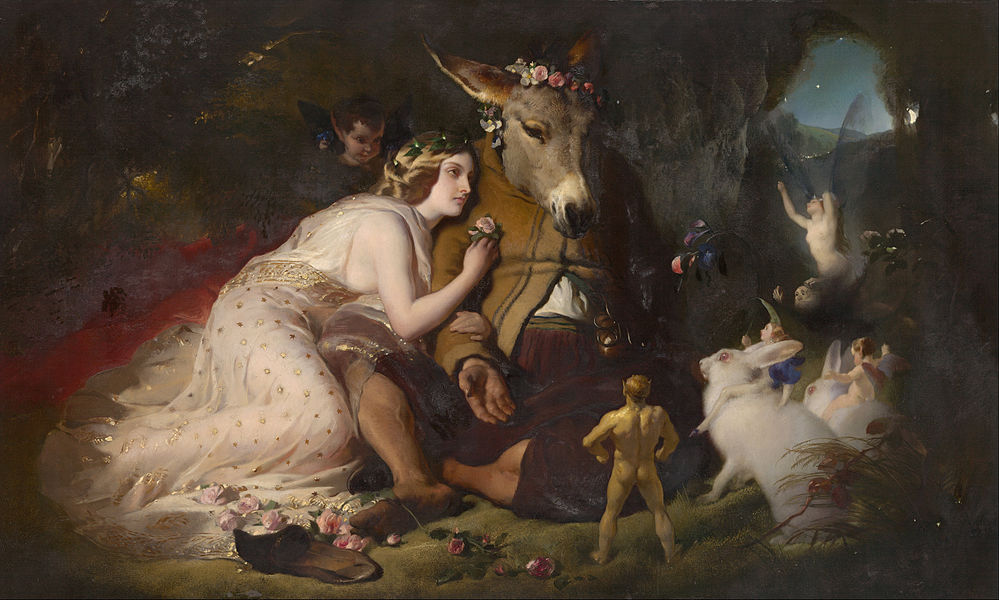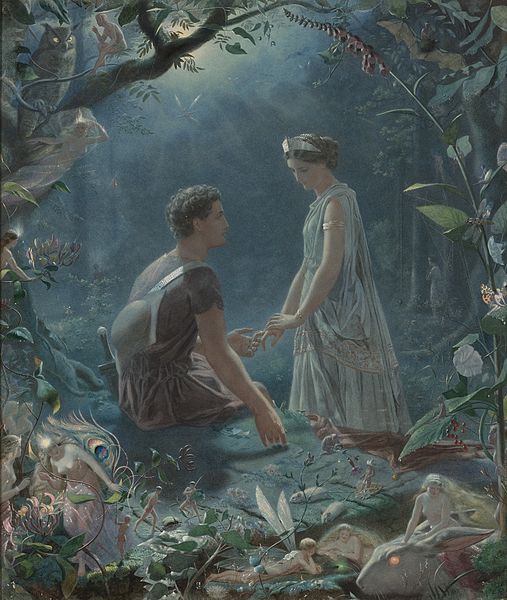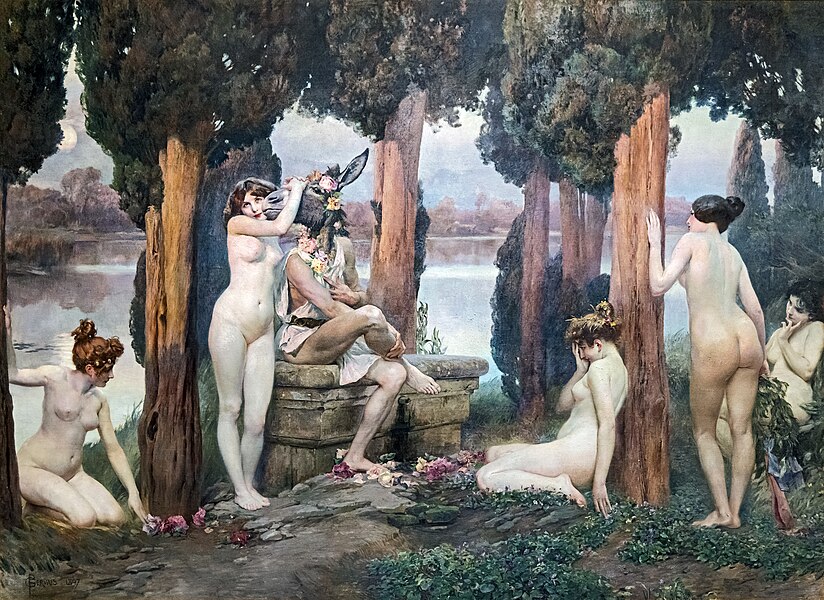 1
1title: Mir Musavvir 002
artist: Mir Mossavvir
source: Not necessary, PD by age.
credit: Not necessary, PD by age.
license:Public domain
 2
2title: Henri Rousseau Le Rêve - Google Art Project
artist: Henri Rousseau
date: 1910
medium: technique Oil canvas
dimensions: size cm height=204.50 width=298.50
current location: Gallery 1 Institution:Museum of Modern Art
source: From Google Cultural Institute|LwEt57AOdD6SGA
credit: LwEt57AOdD6SGA at Google Cultural Institute, zoom level maximum
license:Public domain
 3
3title: 1794 Samuel Dunn Wall Map of the World in Hemispheres Geographicus - World2-dunn-1794
artist:
date: 1794 (dated)
dimensions: Size unit=in width=49 height=42
source: Kitchin, Thomas, <i>Kitchin's General Atlas, describing the Whole Universe: being a complete collection of the most approved maps extant; corrected with the greatest care, and augmented from the last edition of D'Anville and Robert with many improvements by other eminent geographers, engraved on Sixty-Two plates, comprising Thirty Seven maps.</i>, Laurie & Whittle, London, 1797. Geographicus-source
credit: This file was provided to Wikimedia Commons by Geographicus Rare Antique Maps, a specialist dealer in rare maps and other cartography of the 15th, 16th, 17th, 18th and 19th centuries, as part of a cooperation project.
description: An absolutely stunning and monumental double hemisphere wall map of the world by Samuel Dunn dating to 1794. This extraordinary map is so large and so rich in detail that it is exceptionally challenging to do it full justice in either photographic or textual descriptions. Covers the entire world in a double hemisphere projection. The primary map is surrounded on all sides but detailed scientific calculations and descriptions as well as northern and southern hemisphere star charts, a map of the Moon, a Latitude and Longitude Analemma chart, a map of the Solar System, a Mercator projection of the world, an Analemma projection, a seasonal chart, a universal scale chart, and numerous smaller diagrams depicting planets and mathematical systems. All text is in English. We will start our survey of this map in North America, much of which was, even in 1794, largely unknown. This map follows shortly after the explorations of Captain Cook in the Arctic and Pacific Northwest, so the general outline of the continent is known. However, when this map was made, few inland expeditions had extended westward beyond the Mississippi. This map notes two separate speculative courses for the apocryphal River of the West, a northern route extending from Lake Winnipeg and a southern route passing south of Winnepeg through Pike's lake. The River of the West was hopeful dream of French and English explorers who were searching for a water passage through North America to the Pacific. In concept, should such a route be found, it would have become an important trade artery allowing the British and French, who's colonies dominated the eastern parts of North America, to compete with the Spanish for control of the lucrative Asia-Pacific trade. Little did these earlier speculative cartographers realize the bulk of the Rocky Mountains stood between them and their dreams! Slightly south of the Rivers of the West, we find the kingdom of Quivira, which is one of the lands associated with Spanish legends of the Seven Cities of Gold. In this area we can also find Drake's Harbor or Port de la Bodega and Albion. Drake's Harbor is where Sir Francis Drake supposedly landed during his circumnavigation of the globe in 1580. Drake wintered in this harbor and used the abundant resources of the region to repair his ships. He also claimed the lands for England dubbing them New Albion. Although the true location of Drake's port is unknown, most place it much further to the north. By situating it and consequently New Albion further to the south, Dunn is advocating a British rather than Spanish claim to this region. On the Eastern coast of North America we find a fledgling United States extending from Georgia to Maine. Dunn names Boston, New York, Charleston, Long Island, and Philadelphia, as well as the important smaller towns of Jamestown, Williamsburg and Edonton. South America exhibits a typically accurate coastline and limited knowledge of the interior beyond Peru and the populated coastlands. A few islands are noted off the coast, including the Galapagos, which are referred to as the Inchanted Islands. The Amazon is vague with many of its tributaries drawn in speculatively. Dunn and d'Anville have done away with the popular representation of Manoa or El Dorado in Guyana, but a vestigial Lake Parima is evident. Further south, the Laguna de los Xarayes, another apocryphal destination, is drawn at the northernmost terminus of the Paraguay River. The Xaraiés, meaning Masters of the River were an indigenous people occupying what are today parts of Brazil's Matte Grosso and the Pantanal. When Spanish and Portuguese explorers first navigated up the Paraguay River, as always in search of El Dorado, they encountered the vast Pantanal flood plain at the height of its annual inundation. Understandably misinterpreting the flood plain as a gigantic inland sea, they named it after the local inhabitants, the Xaraies.
license:Public domain
 4
4title: Edwin Landseer Scene from A Midsummer Night's Dream. Titania and Bottom - Google Art Project
artist: Edwin Henry Landseer
date: between 1848 and 1851
medium: en oil on canvas
dimensions: w1330 x h820 cm
current location: National Gallery of Victoria
credit: qAFcRhWcRy2Zeg at Google Cultural Institute maximum zoom level
license:Public domain
 5
5title: Dante Gabriel Rossetti The Day Dream - Google Art Project
artist: Dante Gabriel Rossetti
date: (1880 (painted) - 1880)
dimensions: en Height: 158.7 cm estimate, Width: 92.7 cm estimate, Height: 195.3 cm frame, Width: 128.8 cm frame
current location: Victoria and Albert Museum
credit: cAH3bOzjJ3e7Dg at Google Cultural Institute maximum zoom level
license:Public domain
 6
6title: Simmons Hermia and Lysander. A Midsummer Night's Dream
artist: John Simmons
date: 1870
medium: Watercolor heightened with gouache on paper laid down on canvas
dimensions: Size cm 89 74
source: [link Sotheby's, New York, 04 May 2012, lot 72]
credit: Sotheby's, New York, 04 May 2012, lot 72
license:Public domain
 7
7title: Crustacean, lying on his back by Vincent van Gogh (Van Gogh museum photogtaph)
artist: Vincent van Gogh
date: Arles, January 1889
medium: technique oil canvas
dimensions: Size cm 38 46.5
current location: Amsterdam Institution:Van Gogh Museum
source: [link Van Gogh Museum]
credit: Van Gogh Museum
license:Public domain
 8
8title: John Bunyan, The Road From the City of Destruction to the Celestial City 1821 Cornell CUL PJM 1038 01
artist:
John Bunyandate: 1821
dimensions: (cm, H x W) 18 x 24 on sheet 20 x 27
current location: Institution:Cornell University Library
source: Bunyan, John. 1821. The Pilgrim’s Progress from This World to That Which Is to Come: Delivered Under the Similitude of a dream, Wherein Is Discovered the Manner of His Setting Out, His Dangerous Journey, and Safe Arrival at the Desired Country. [link Cornell University: Persuasive Cartography: The PJ Mode Collection]
credit: Bunyan, John. 1821. The Pilgrim’s Progress from This World to That Which Is to Come: Delivered Under the Similitude of a dream, Wherein Is Discovered the Manner of His Setting Out, His Dangerous Journey, and Safe Arrival at the Desired Country. Cornell University: Persuasive Cartography: The PJ Mode Collection
license:Public domain
 9
9title: Augustins La Folie de Titania - Paul Jean Gervais 1897 2004 1 188
artist: Paul Gervais
date: 1897
medium: Technique oil canvas
dimensions: Size unit=cm width=520 height=350
current location: Institution:Musée des Augustins de Toulouse Augustins location|Salon rouge
source: own
license:Public domain

title: Musée Ingres Bourdelle - Le songe d'Ossian, 1813 - Ingres - Joconde06070001439
artist: Jean Auguste Dominique Ingres
date: 1813
medium: technique oil canvas
current location: Institution:Musée Ingres-Bourdelle Premier étage - Salle Ingres
source: own
license:Public domain





